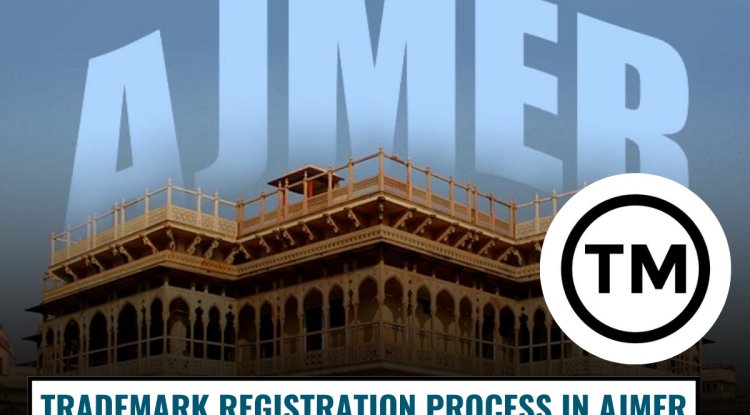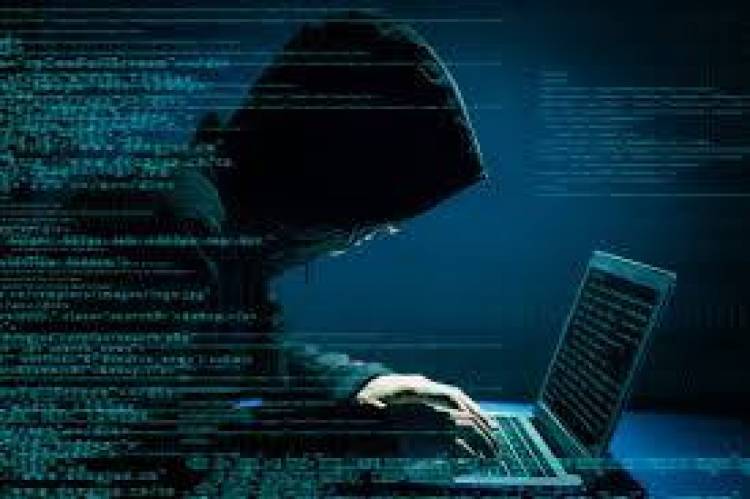THE EFFECTIVENESS OF INDIA’S IT ACT IN COMBATING ONLINE COPYRIGHT INFRINGEMENT.
The digital era has revolutionized content creation, distribution, and consumption, making intellectual property protection more crucial than ever. However, this rapid digital expansion has also fueled the rise of online copyright infringement, posing challenges for content creators, businesses, and governments worldwide. In India, the Information Technology (IT) Act, 2000, serves as the primary legal framework governing cyber-related offenses, including digital piracy and copyright violations. While the Act was originally designed to address broader cybercrimes, its provisions play a significant role in tackling online copyright infringement. This blog explores the effectiveness of the IT Act in protecting digital copyrights, analyzing its strengths, limitations, and potential areas for improvement. It also examines how technological advancements and complementary legal measures, such as the Copyright Act, 1957, contribute to India's efforts in combating digital piracy.

Copyright Infringement and IT Act 2000
Copyright infringement occurs when protected content—such as music, films, software, or written works—is used, distributed, or reproduced without authorization. With digital platforms making it easier to share content, piracy has become a significant challenge for content creators and businesses. In India, the prevalence of websites offering pirated movies, books, and software highlights the urgent need for effective legal mechanisms to curb online copyright violations.
The Information Technology Act, 2000, was primarily designed to address cybercrimes, electronic commerce, and digital security. The Act was enacted to provide a legal framework for electronic governance, e-commerce, and to address cybercrimes, including online copyright infringement. The act does not explicitly states any provisions for Copyright infringement, but several sections indirectly address the copyright infringement issues.
The relevant provisions are:
Section 43: Penalties and compensation for damage to computer systems.
It includes unauthorized access, data copying, virus introduction, and disruption of systems. It can be relevant to copyright infringement if the unauthorized access or copying involves copyrighted material stored on a computer system; however, it is not a dedicated copyright infringement provision, and specific copyright violations would usually be addressed under separate laws within the Copyright Act.
Section 66B: Punishment for Dishonest Receipt of Stolen Computer Resources
This section penalizes individuals who knowingly receive or use stolen digital content, including copyrighted materials. The punishment includes imprisonment of up to three years or a fine of up to Rs. 1 Lakh.
Section 67: Publishing Obscene Content in Electronic Form
Though primarily focused on obscene content, this section is sometimes invoked in cases where pirated content is distributed via illegal streaming or file-sharing websites.
Section 69A: Power to Block Access to Information
The government can block access to websites that host pirated content. It is used effectively in cases such as blocking torrent websites and unauthorized streaming platforms. Section 69A provision has effectively used by government to block access to websites hosting pirated movies and software. Court orders have also directed internet service providers (ISPs) to restrict access to infringing domains.
Intermediary Guidelines (2021)
The revised guidelines under the IT Act place responsibility on online platforms (intermediaries) to remove infringing content when notified. Digital platforms must comply with takedown requests from copyright owners, reducing the availability of pirated content. The intermediary liability rules ensure that platforms like YouTube, Face book, and Telegram take proactive steps to prevent copyright infringement. Social media platforms and file-sharing websites are now more responsive to takedown requests.
The IT Act was introduced at a time when the internet was rapidly gaining popularity in India. Since its enactment, the Act has undergone several amendments to keep pace with technological advancements and emerging cyber threats. Notably, the IT (Amendment) Act, 2008, introduced provisions to tackle issues such as data breaches, cyber terrorism, and identity theft, further strengthening the legal framework for addressing online copyright infringement.
Further, the IT Act 2000 is complemented by the provisions of Copyright Act, 1957 to protect copyright infringement and rights of the real author/ owner. The Copyright Act along with its amendments provides the primary legal framework for copyright protection in India.
Some of the key provisions include:
· Section 51: Defines copyright infringement.
· Section 63: Prescribes criminal penalties for infringement, including imprisonment and fines.
· Recent Amendments: Address digital piracy by strengthening enforcement measures.
The IT Act and the Copyright Act is applied together, but a more cohesive legal approach is needed to enhance digital copyright enforcement and there are further challenges in enforcement of the act.
To know more about this you can follow the link below:
Challenges in Enforcing the IT Act
Despite these robust legal provisions, there are many challenges in enforcing the IT Act to combat online copyright infringement. Some of the real time enforcement challenges are:
Technological Advancements: The rapid evolution of technology has outpaced the legal mechanisms in place. The proliferation of digital platforms, file-sharing services, and peer-to-peer networks has made it easier for infringers to share copyrighted content without detection. Furthermore, the anonymity afforded by the internet makes it difficult to trace and prosecute offenders.
Legal Loopholes and Ambiguities: The IT Act, while comprehensive, has certain legal ambiguities that infringers can exploit. For instance, the Act does not explicitly define terms such as "cyber terrorism" or "unauthorized access," leading to varied interpretations by courts. Additionally, the Act primarily focuses on data protection and cybercrimes, with limited emphasis on copyright infringement. This creates loopholes that can hinder effective enforcement.
Difficulty in Tracking and Prosecuting Online Infringers: Online copyright infringement often involves cross-border activities, making it challenging for Indian authorities to track and prosecute offenders located in other jurisdictions. The process of obtaining evidence, coordinating with international law enforcement agencies, and extraditing offenders can be time-consuming and complex.
Using Digital Rights Management (DRM) System and Blockchain technology along with technological advancement can play a major role to win over these challenges.
Limitations of the IT Act
Despite these measures, the IT Act has certain limitations in effectively dealing with online copyright infringement:
Lack of Specific Copyright Provisions
The IT Act does not contain dedicated provisions for copyright protection. Instead, it relies on indirect measures and the Copyright Act, 1957. The enforcement of the IT act often requires additional legal backing from the Copyright Act, making the process complex and time-consuming.
Effectiveness of Website Blocking
While website blocking has been implemented, infringing websites frequently resurface under new domains. VPNs and proxy servers allow users to bypass restrictions easily, reducing the impact of these blocks.
Difficulty in Prosecuting Offenders
Many piracy websites operate from outside India, making it challenging to take legal action against their owners. Cross-border jurisdiction issues limit enforcement capabilities.
Limited Awareness and Compliance
Many internet users in India are unaware of copyright laws and continue to access pirated content. Digital literacy campaigns on copyright protection are limited, which leads to continued piracy.
Conclusion
While IT Act provides a foundational framework for addressing online copyright infringement, its effectiveness is limited by jurisdictional challenges, evolving piracy tactics, and legal ambiguities. Technological advancements, such as VPNs and proxy servers, make enforcement even more complex, while cross-border operations of piracy websites further hinder legal action. To strengthen the IT Act's role in combating digital piracy, policymakers should consider revising its provisions to include explicit copyright protections. Additionally, enhancing enforcement mechanisms, fostering international cooperation, and leveraging technological solutions like Digital Rights Management (DRM) and blockchain can improve copyright protection.
A multi-faceted approach involving collaboration between the government, law enforcement agencies, technology companies, and content creators will be essential to building a more robust framework. Raising public awareness about copyright laws and digital ethics will further help in curbing piracy. By modernizing its legal and technological strategies, India can better protect intellectual property rights, support content creators, and foster a thriving digital economy.












